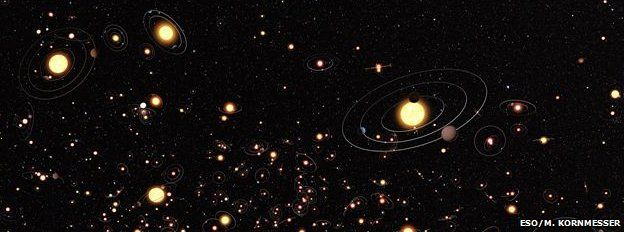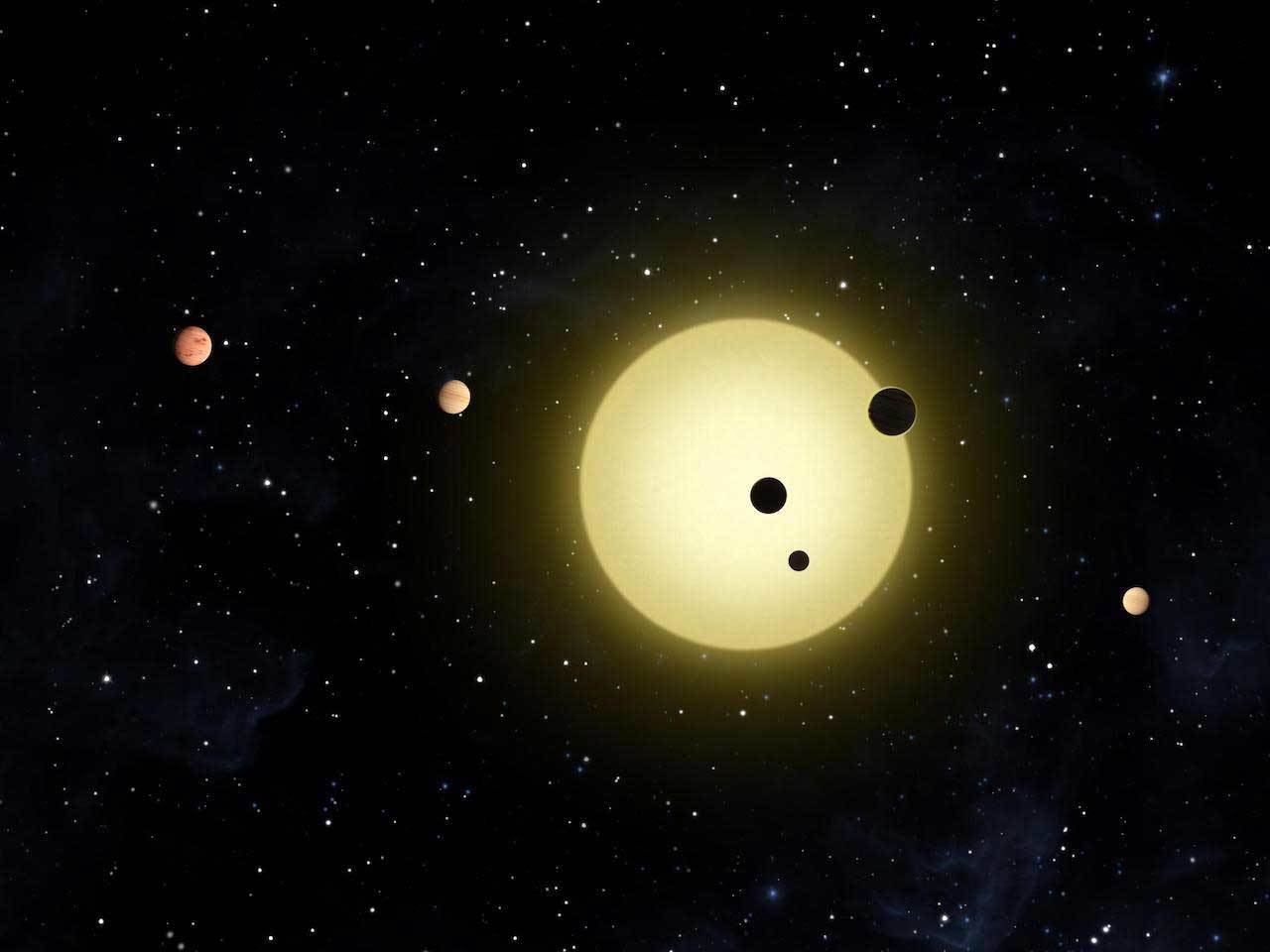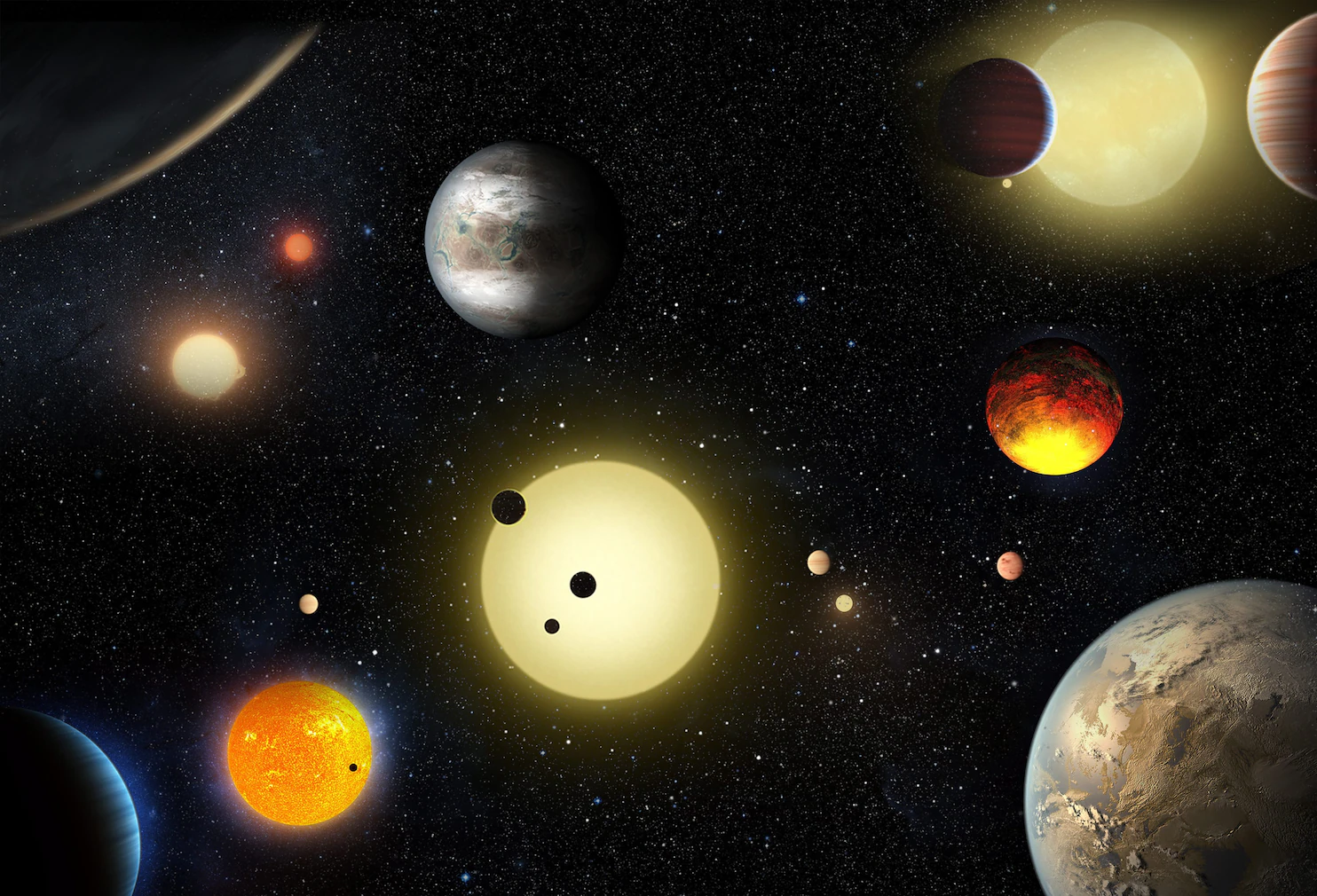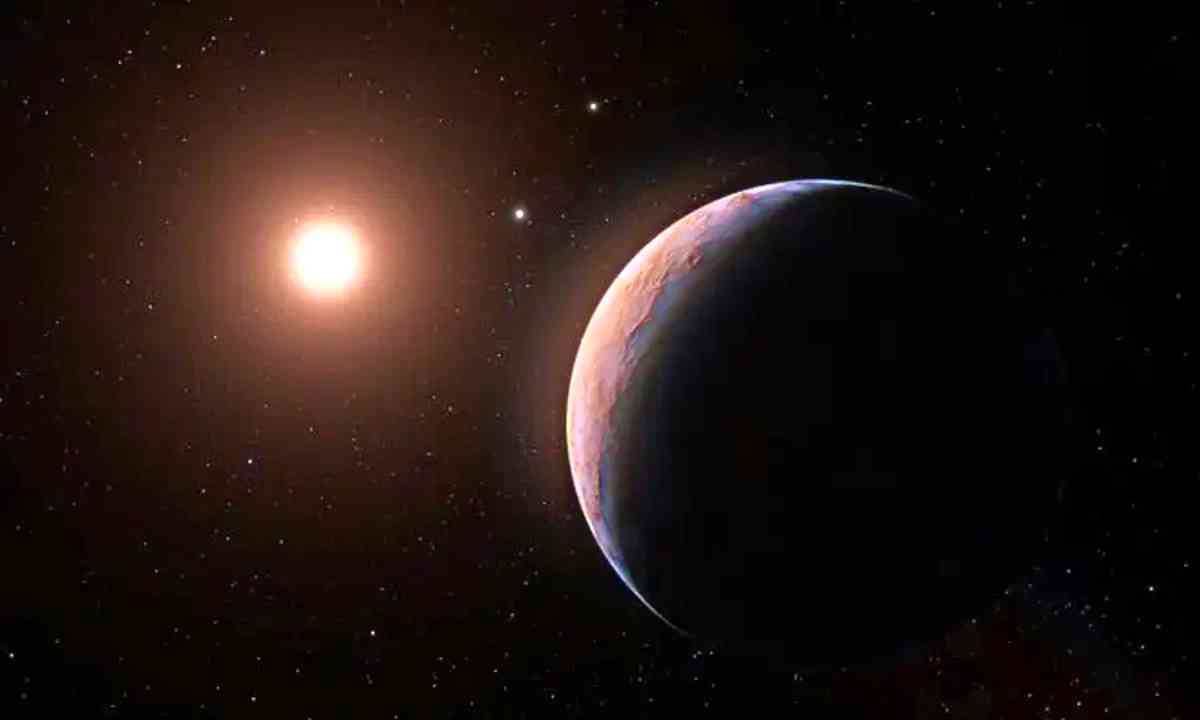Exoplanets are planets that orbit stars outside of our own solar system. They are often referred to as "extrasolar planets" and are a relatively new discovery in the field of astronomy. The first exoplanet was discovered in 1995, but it wasn't until the early 21st century that the search for exoplanets really took off. \

Since then, over 4,000 exoplanets have been discovered, with many more expected to be found in the future. These exoplanets come in all shapes and sizes, ranging from small, rocky planets similar to Earth to massive gas giants like Jupiter. The search for exoplanets is important because it helps us understand more about the universe and the possible existence of other habitable planets like Earth.
NASA discovers exoplanets using a variety of methods, including the transit method, the radial velocity method, and the microlensing method.

- The transit method involves monitoring the brightness of a star over time and looking for dips in brightness that could indicate the presence of an exoplanet passing in front of the star.
- The radial velocity method involves measuring the Doppler shift of a star's light spectrum, which can be caused by the gravitational pull of an exoplanet orbiting the star.
- The microlensing method involves looking for the gravitational effects of an exoplanet on the light from a distant star as it passes in front of the exoplanet.
NASA also uses spacecraft such as the Kepler Space Telescope and the TESS (Transiting Exoplanet Survey Satellite) to search for exoplanets. These spacecraft are equipped with specialised instruments that allow them to detect exoplanets and gather data about their characteristics.

As of now there have been about 5,284 exoplanets discovered. And with excellent methods and new technologies, this number will increase in no time.
© Vygr Media Private Limited 2022. All Rights Reserved.
























